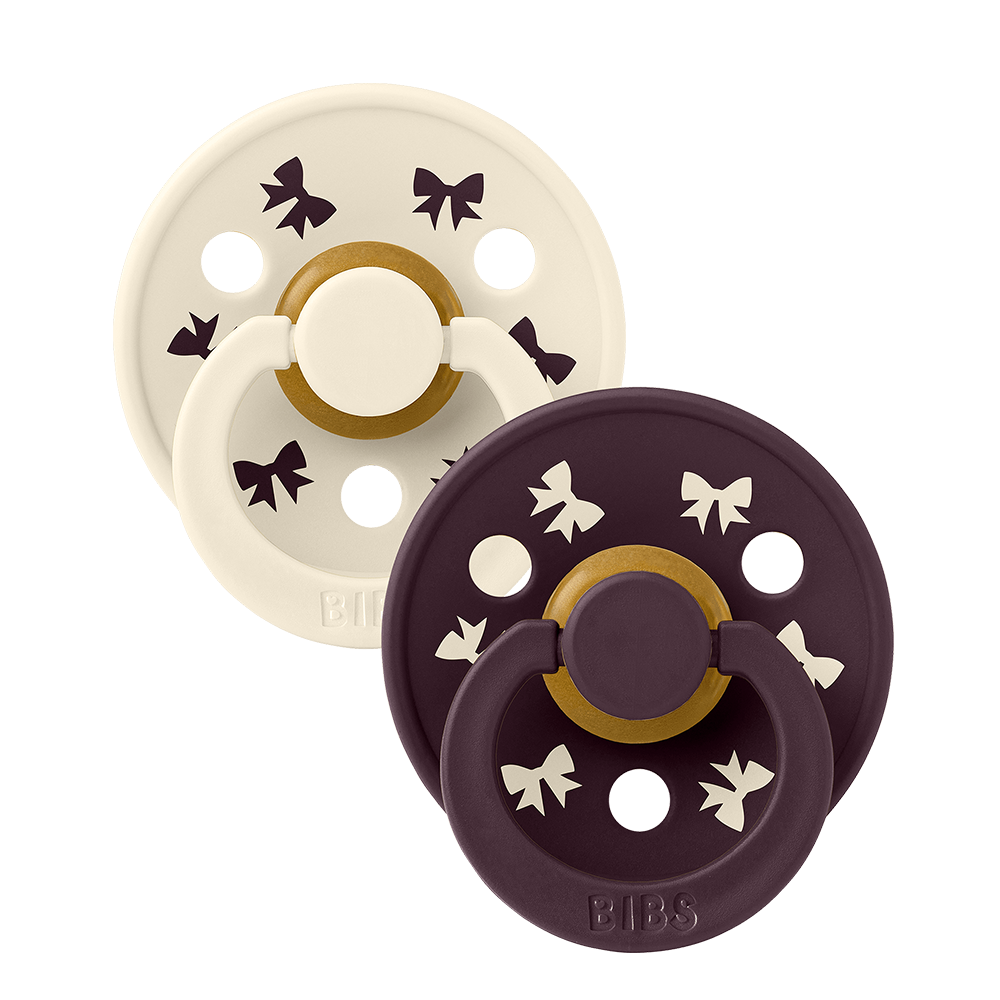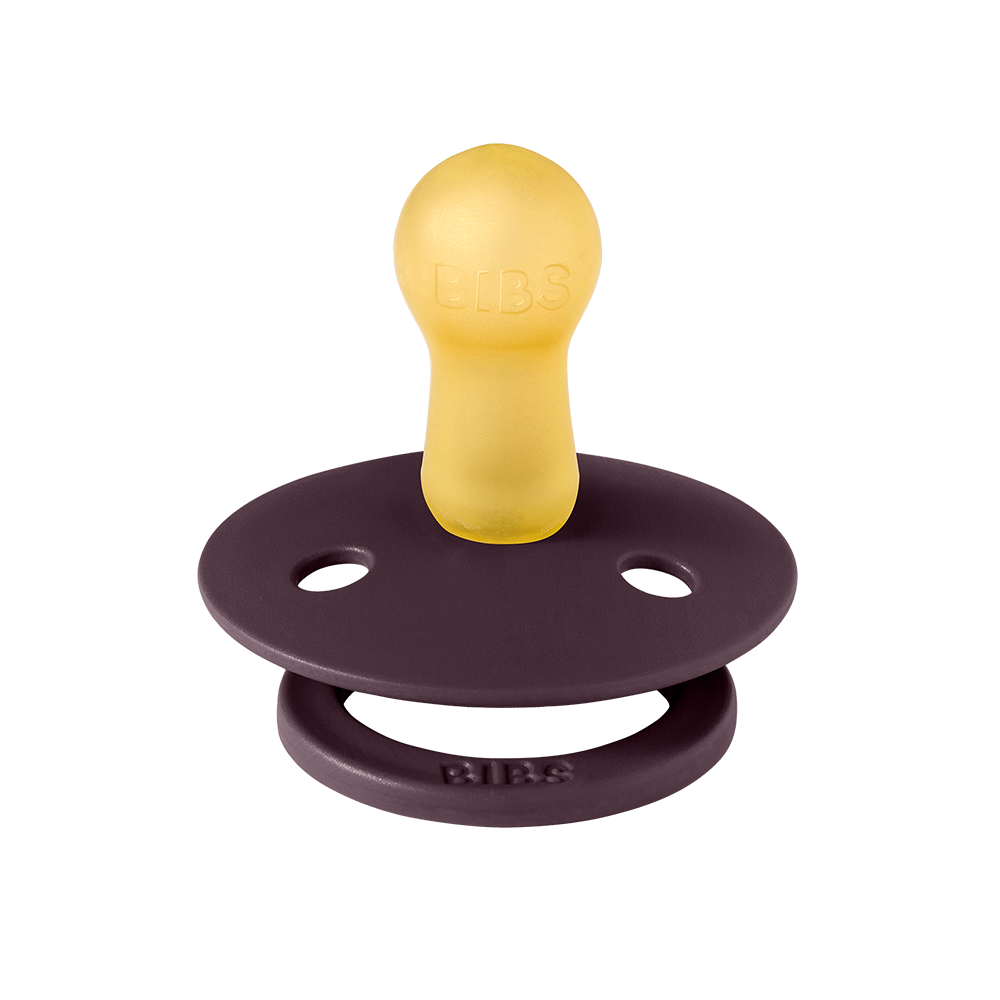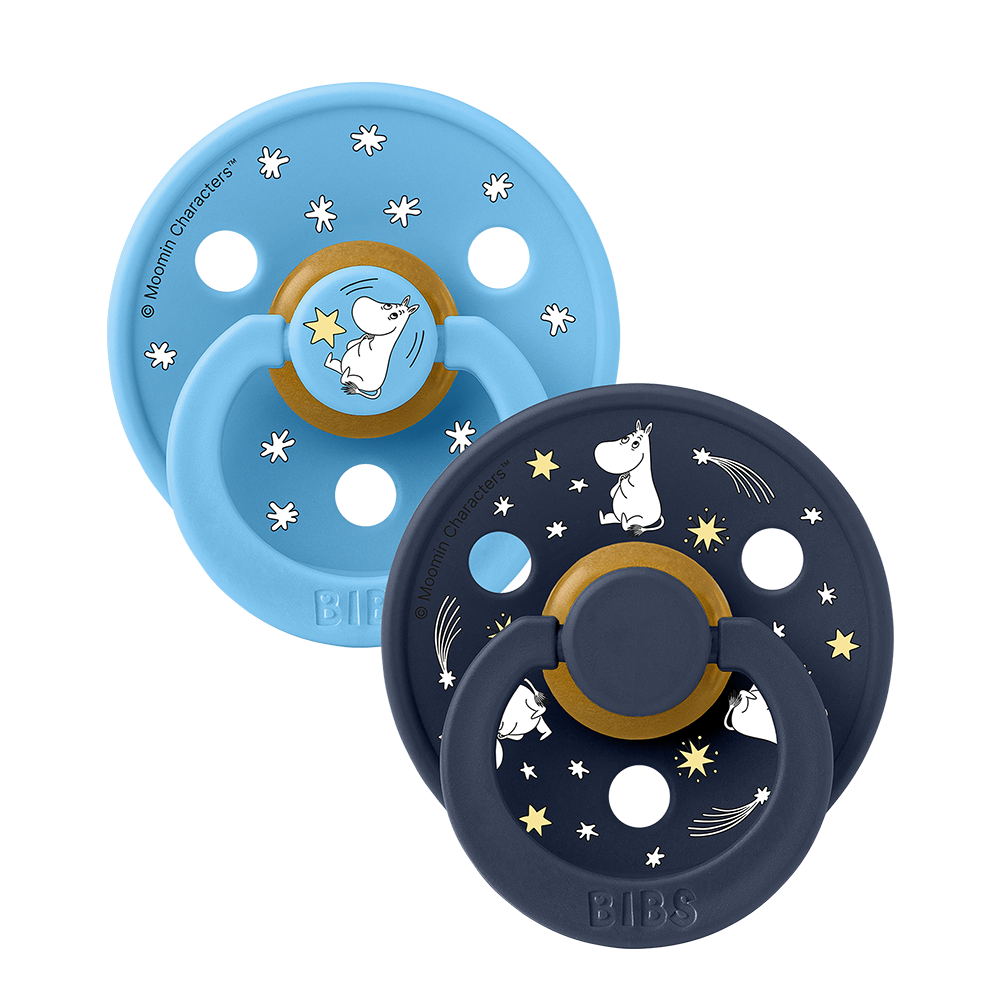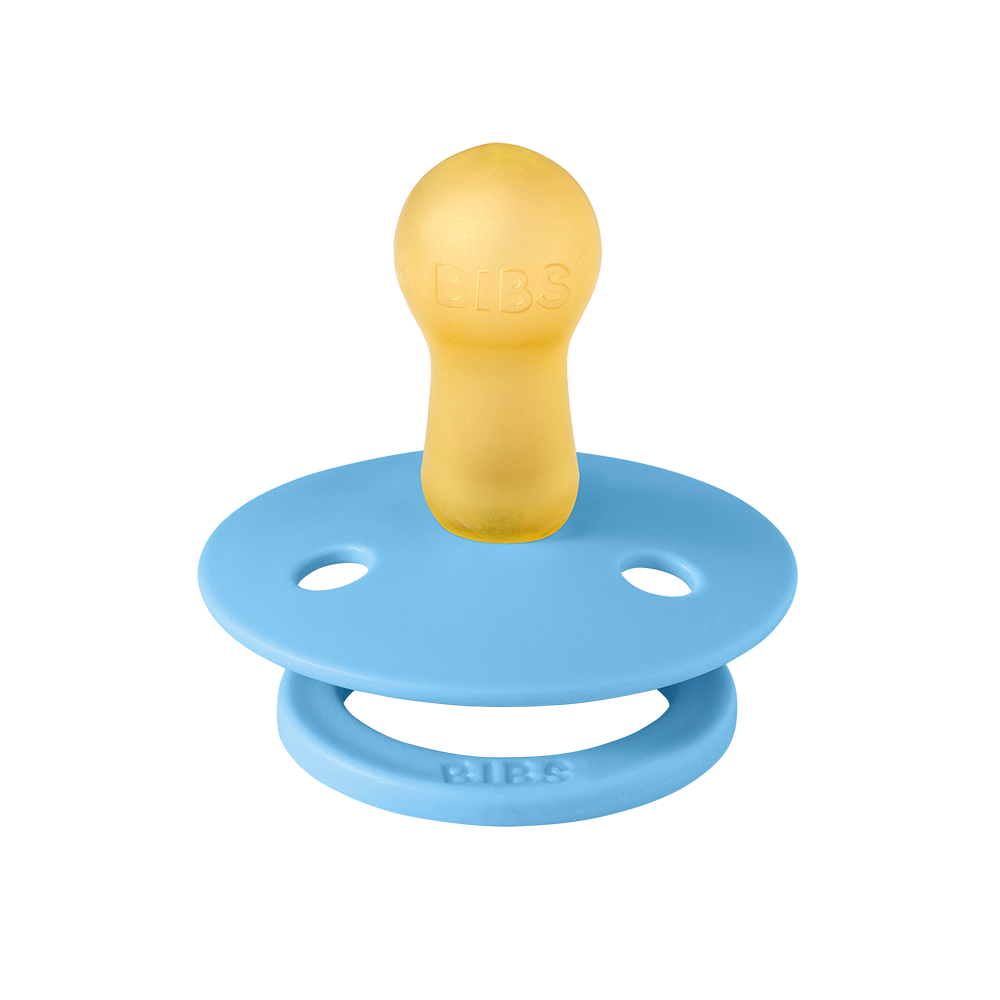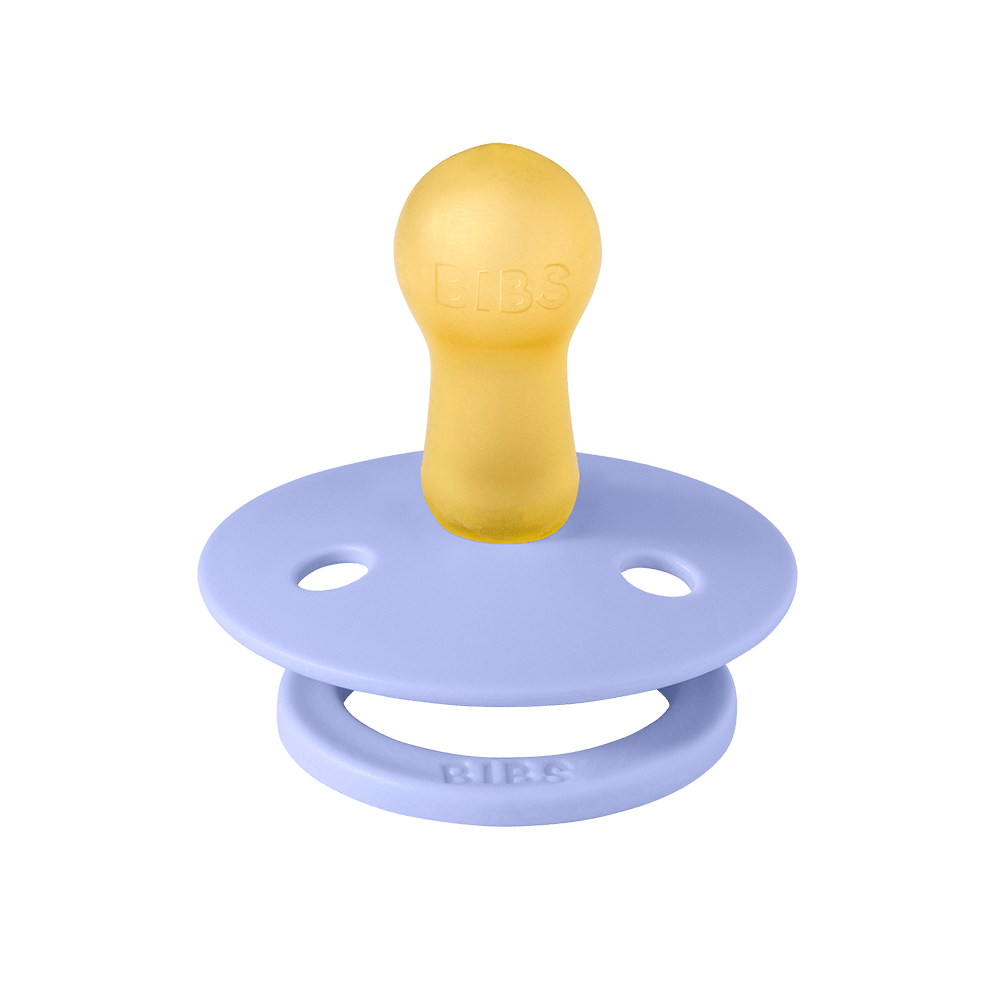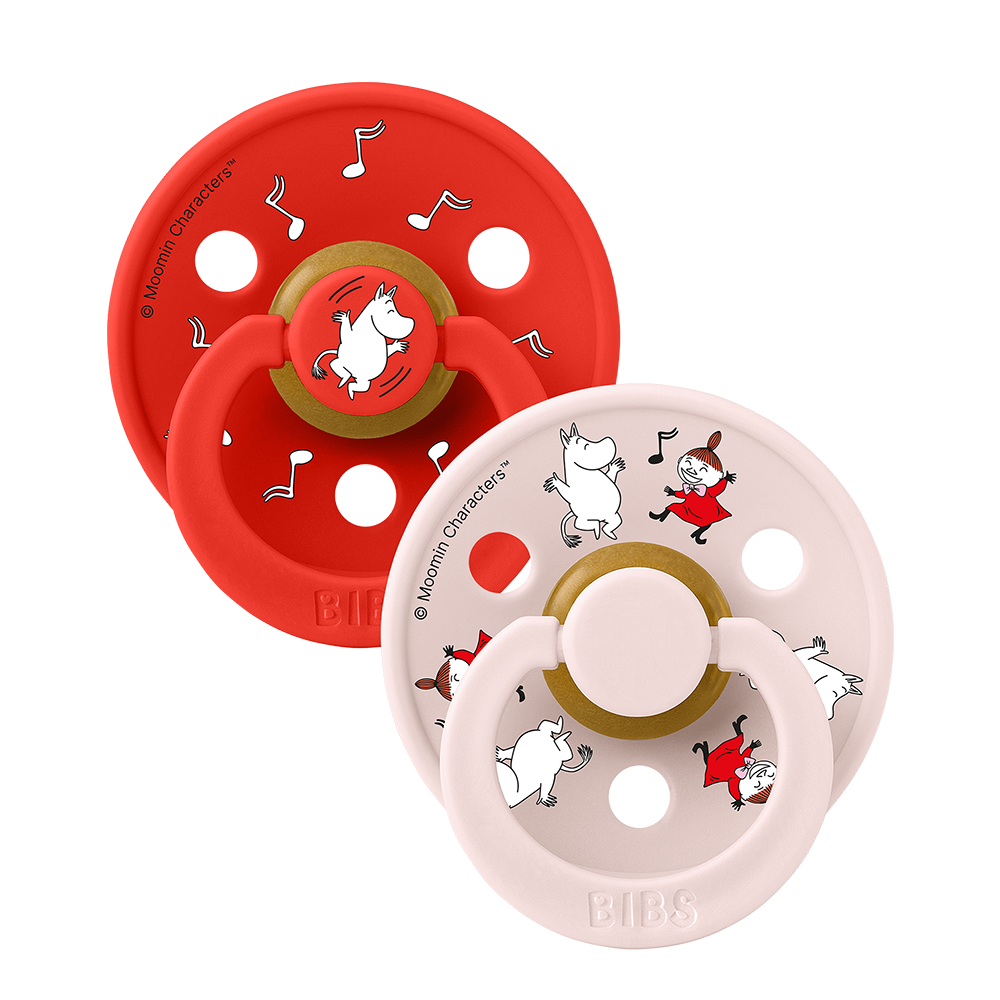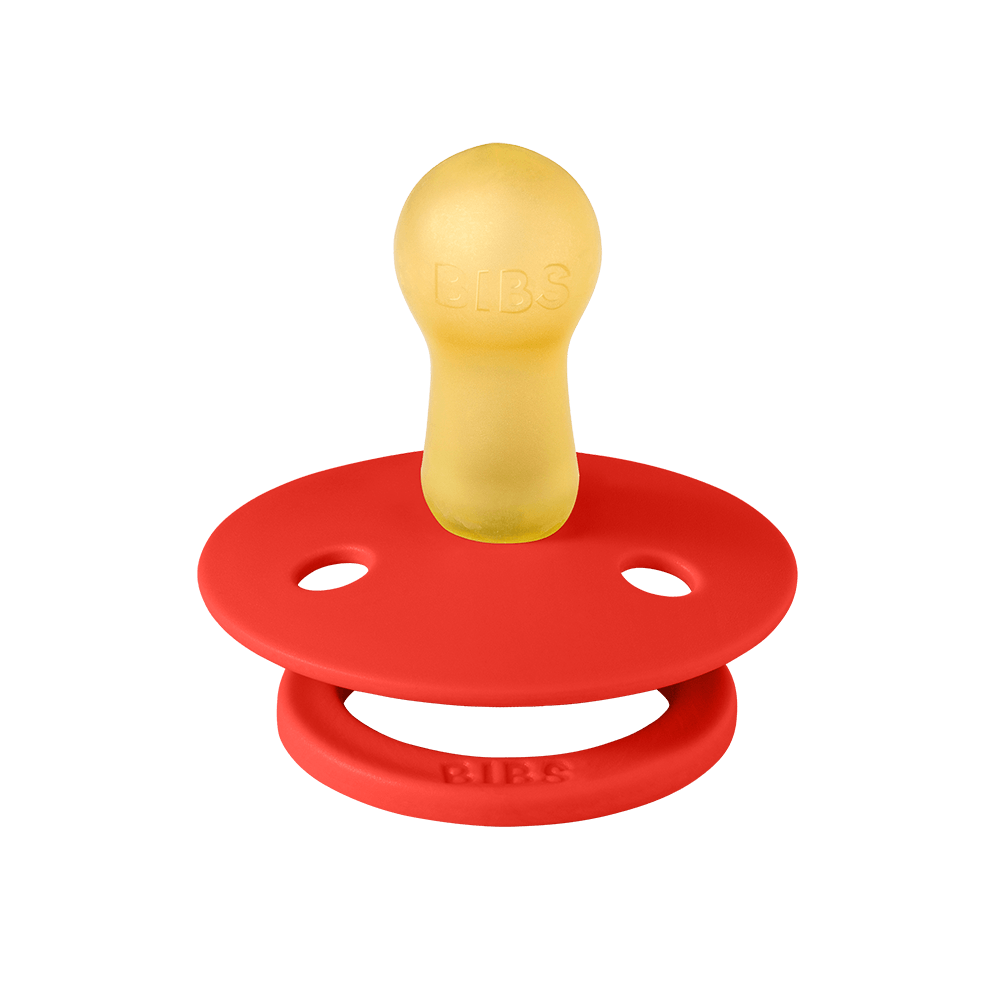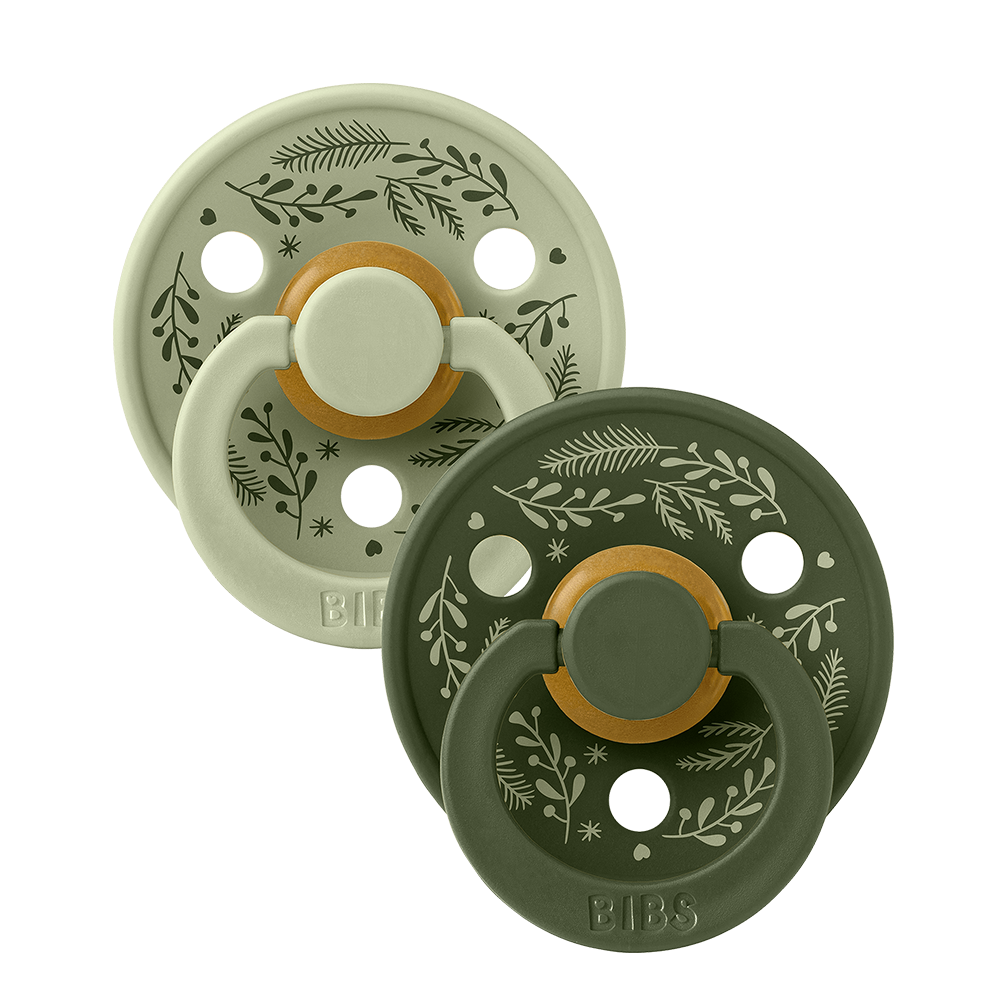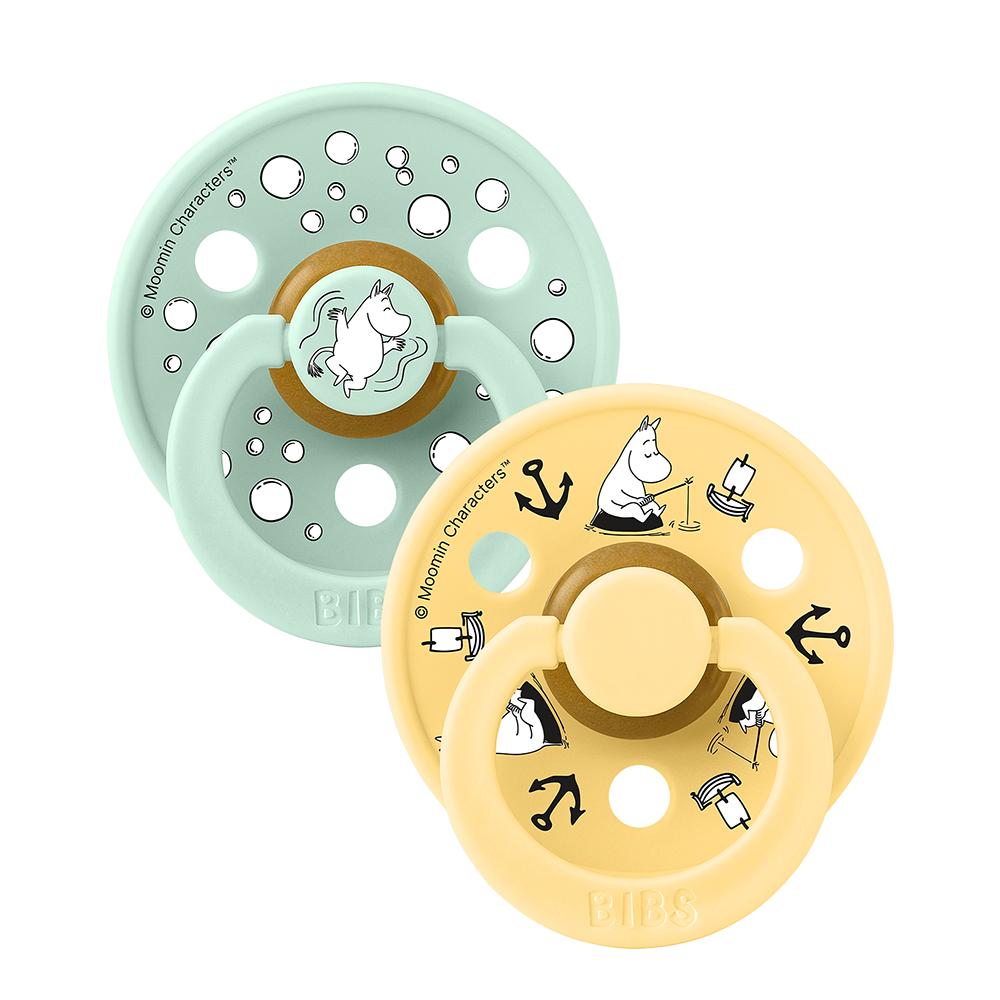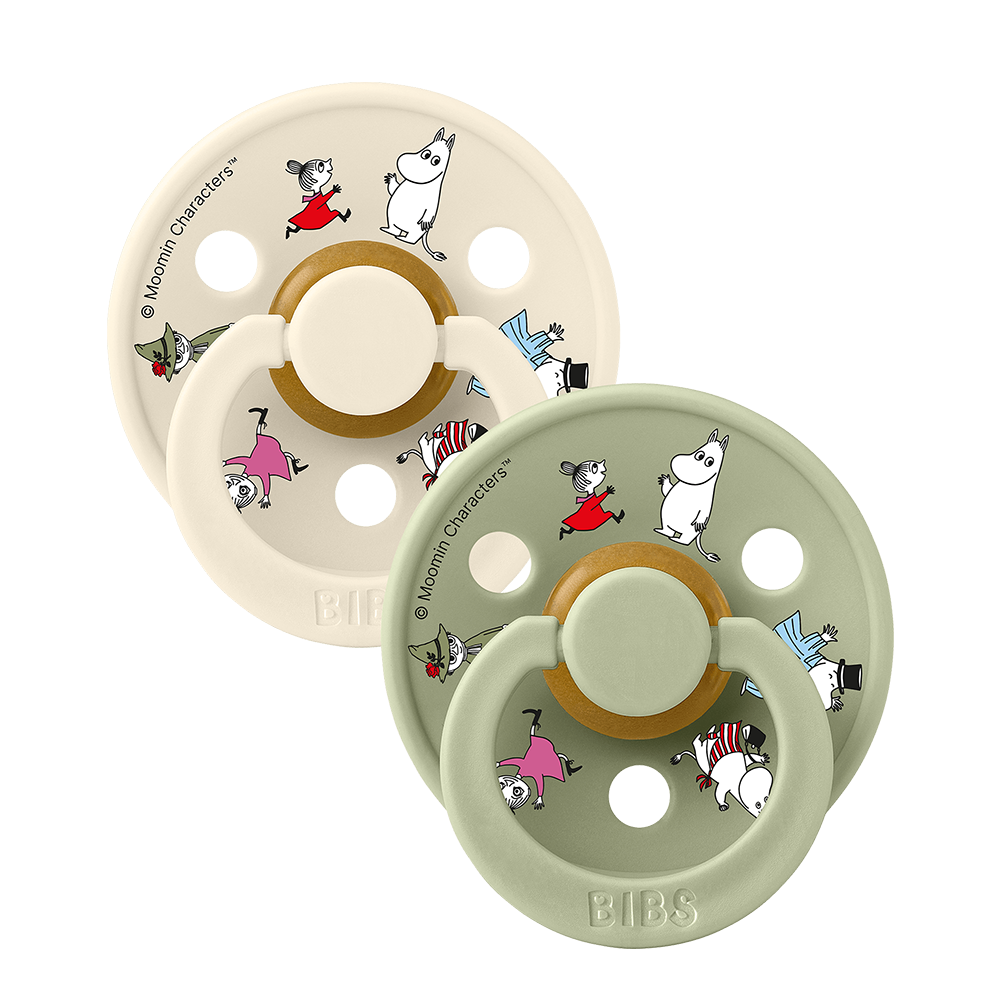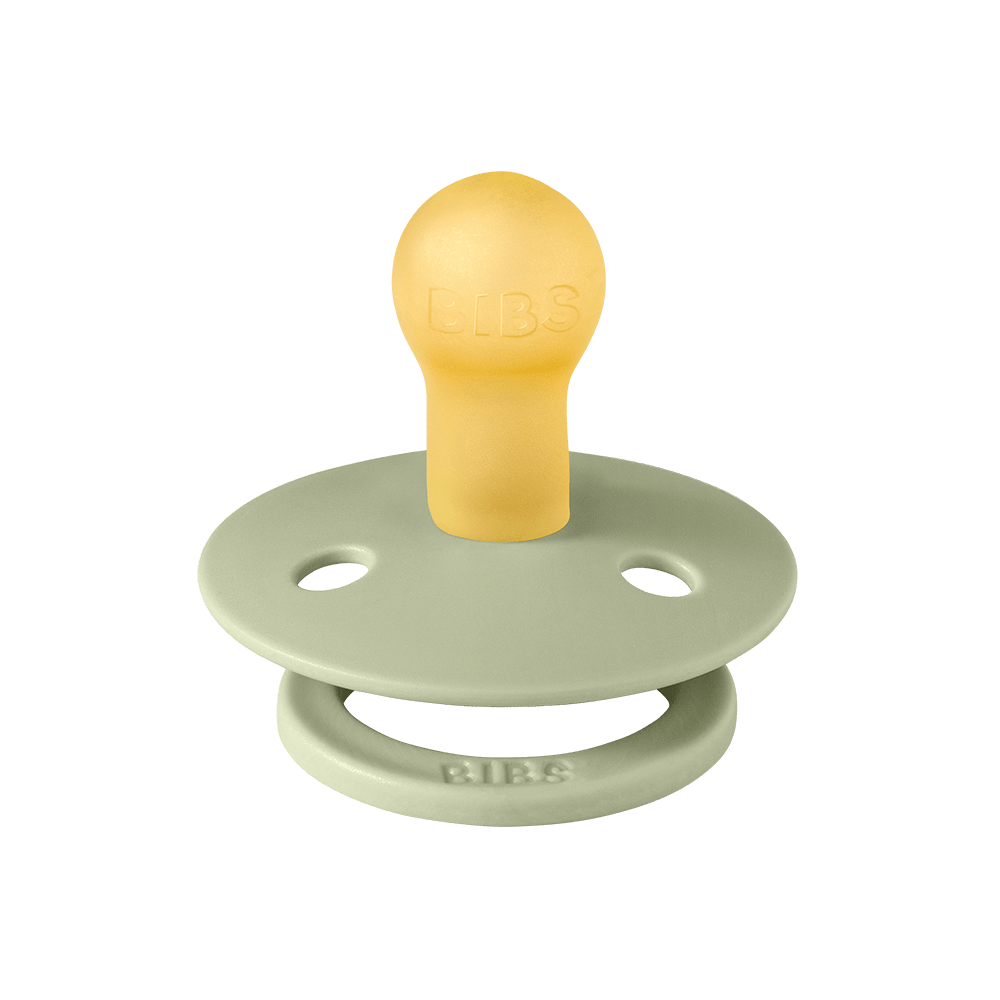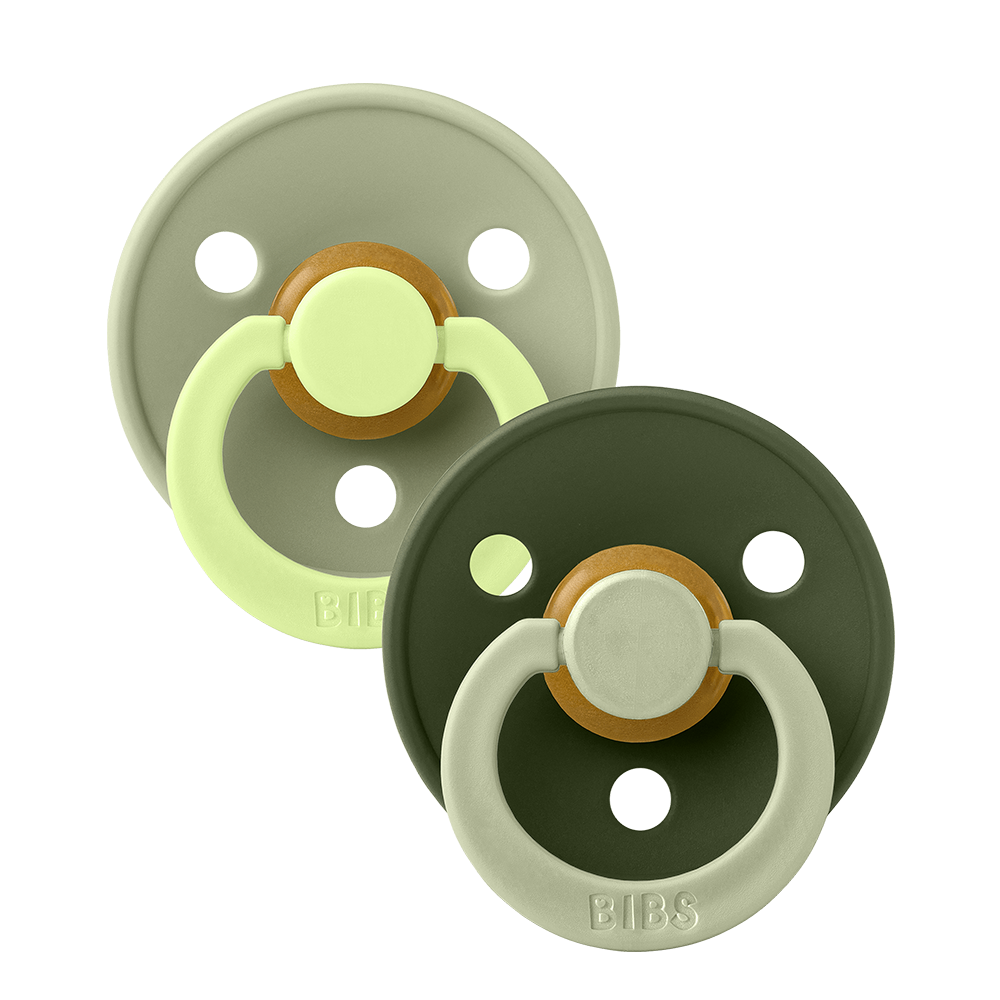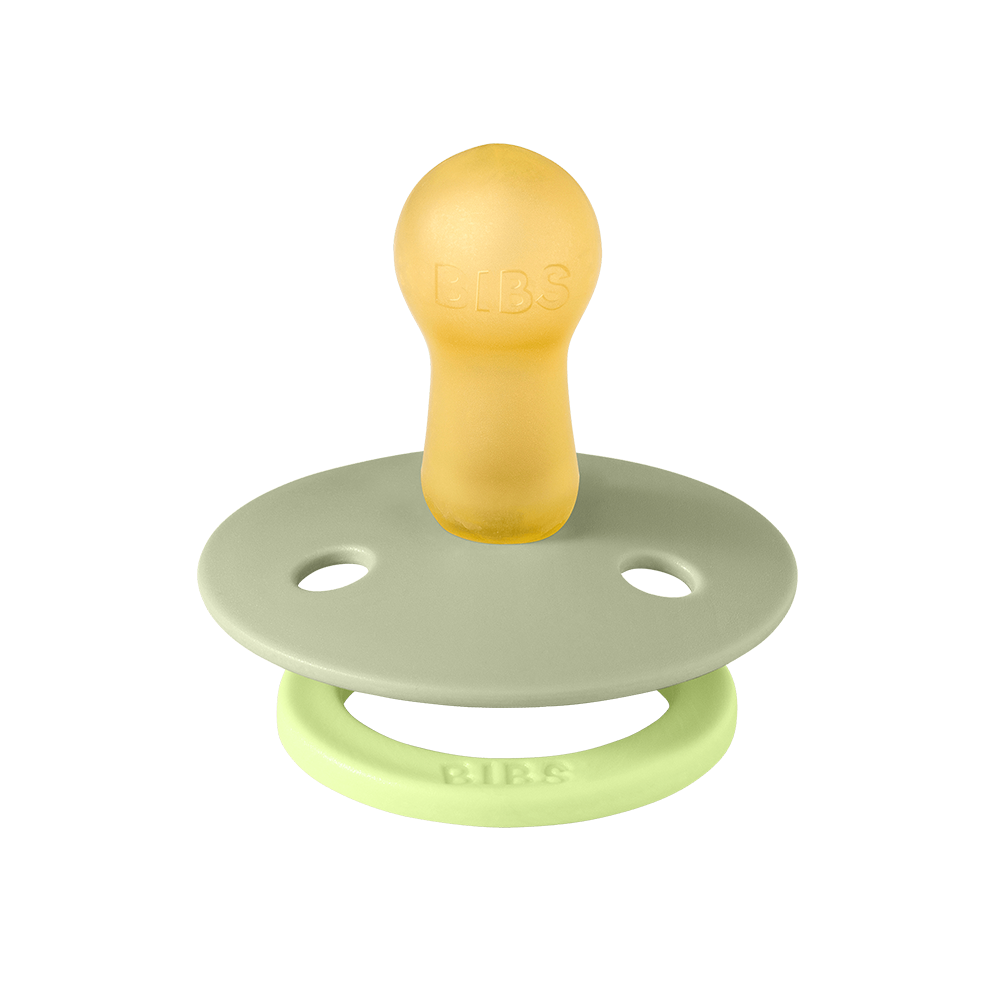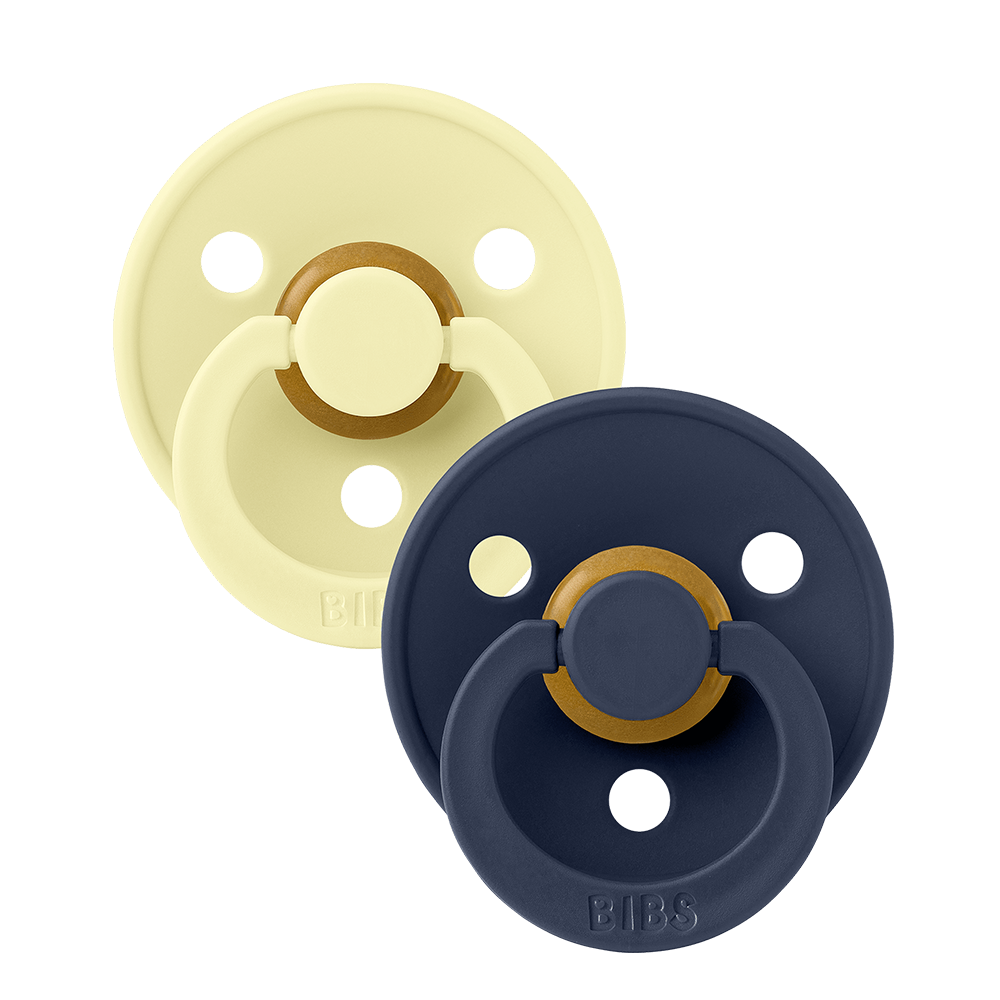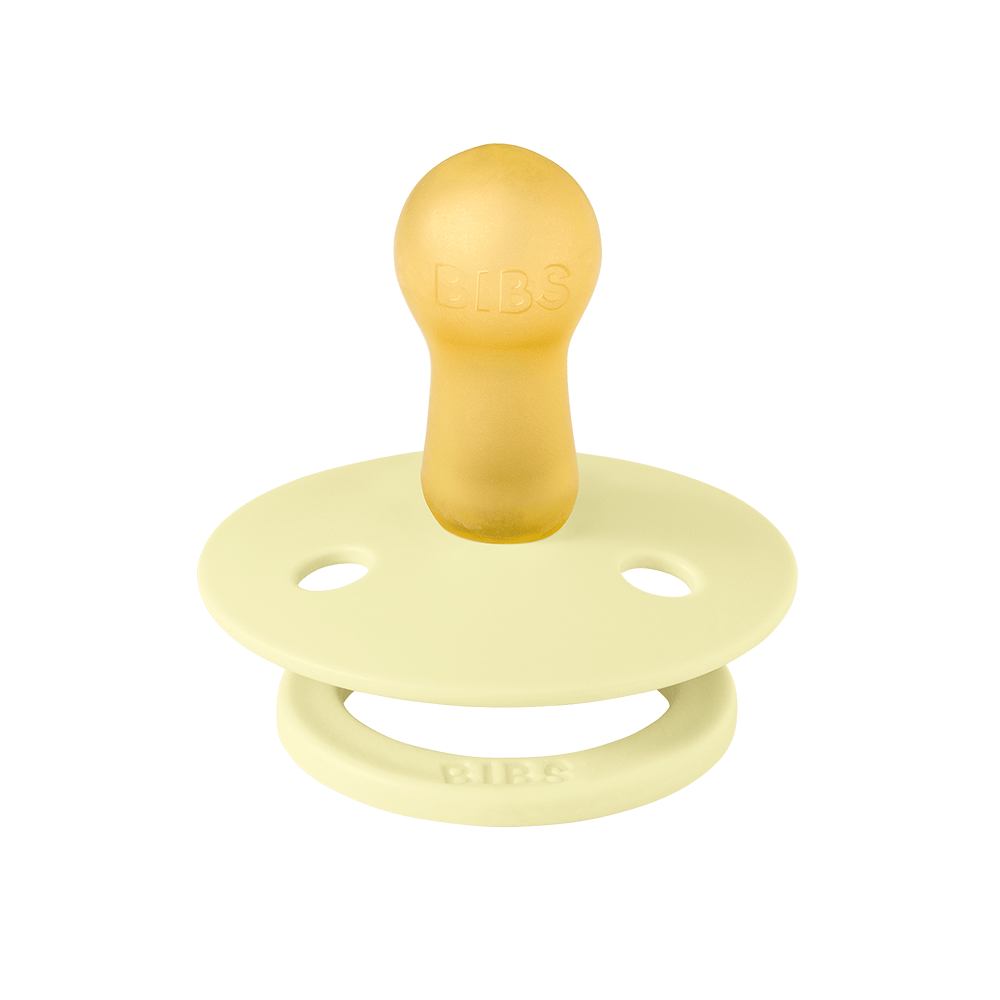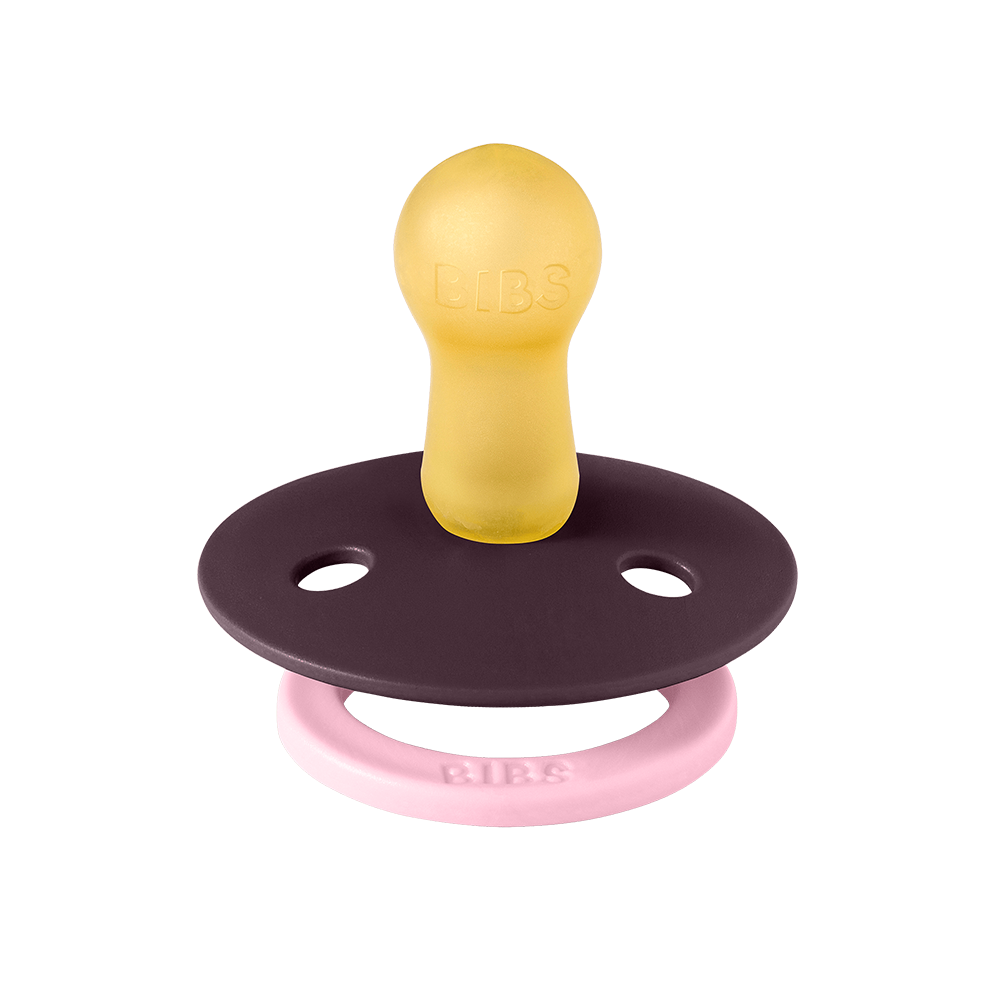The Benefits of Parallel Play in Toddlers: Fostering Early Social Skills

What are the Benefits of Parallel Play for Babies and Toddlers? Understanding Early Social Development
Parallel play is an important stage in early childhood development, providing babies and toddlers with unique opportunities to learn and grow. This form of play happens when children play alongside each other without directly interacting. They may use similar toys or mimic one another’s actions, but each remains focused on their own play. Parallel play typically begins between 18 months and 2 years of age and acts as a bridge between solitary play and more social, cooperative play later on.
Although it might look like simple side-by-side play, parallel play supports big developmental milestones. It helps children observe, listen, and begin to understand social cues without the pressure of direct interaction. By watching peers, toddlers learn problem-solving, language, and creative skills in a natural, low-stress way. For parents and caregivers, encouraging this type of play supports social, cognitive, and emotional growth, laying the foundation for future friendships and teamwork.
Key Takeaways
- Parallel play is a developmental stage where toddlers play next to each other without direct interaction.
- It helps children build social skills, communication, and problem-solving abilities through observation.
- Encouraging parallel play prepares children for more interactive forms of play like associative and cooperative play.
Understanding Parallel Play
Parallel play is a key stage in your child’s social and cognitive growth, acting as a stepping stone toward more interactive play with peers.
Parallel vs. Solitary Play
Solitary play is when a child plays independently, fully absorbed in their toys or activities. Parallel play, by contrast, occurs when two or more children play side by side with little or no direct interaction. The shift from solitary to parallel play is a sign that your child is becoming more aware of others and ready to start learning social behaviors.
The Significance of Parallel Play
Parallel play may not involve sharing toys or cooperating, but it is still full of value. By watching others, toddlers naturally pick up on social cues, new words, and different ways to use toys. This stage prepares children for deeper social connections by giving them time to practice observing, imitating, and building confidence around peers.
Encouraging Parallel Play in Toddlers
You can support parallel play by setting up safe and engaging environments. Playdates with children of similar ages or creating play areas with duplicate toys help minimize competition and encourage side-by-side play. Parents can also model behavior by sitting down and playing next to their toddler, showing that being together without direct interaction is a positive experience. Simple items like child-friendly play gear can make it easier to create shared spaces that promote comfort and exploration.
Parallel Play’s Role in Development
Through parallel play, toddlers begin to understand important concepts such as personal property and individuality. They learn to respect the presence of others while enjoying their own activities, which is the foundation for cooperative play later in life. Over time, parallel play evolves into associative and cooperative play, where children interact more directly, share, and work together toward common goals.
Supporting this natural stage of play helps children build confidence, independence, and social awareness — all while simply having fun. With patience and the right environment, parallel play will seamlessly guide your child toward stronger social bonds and collaborative play experiences.
